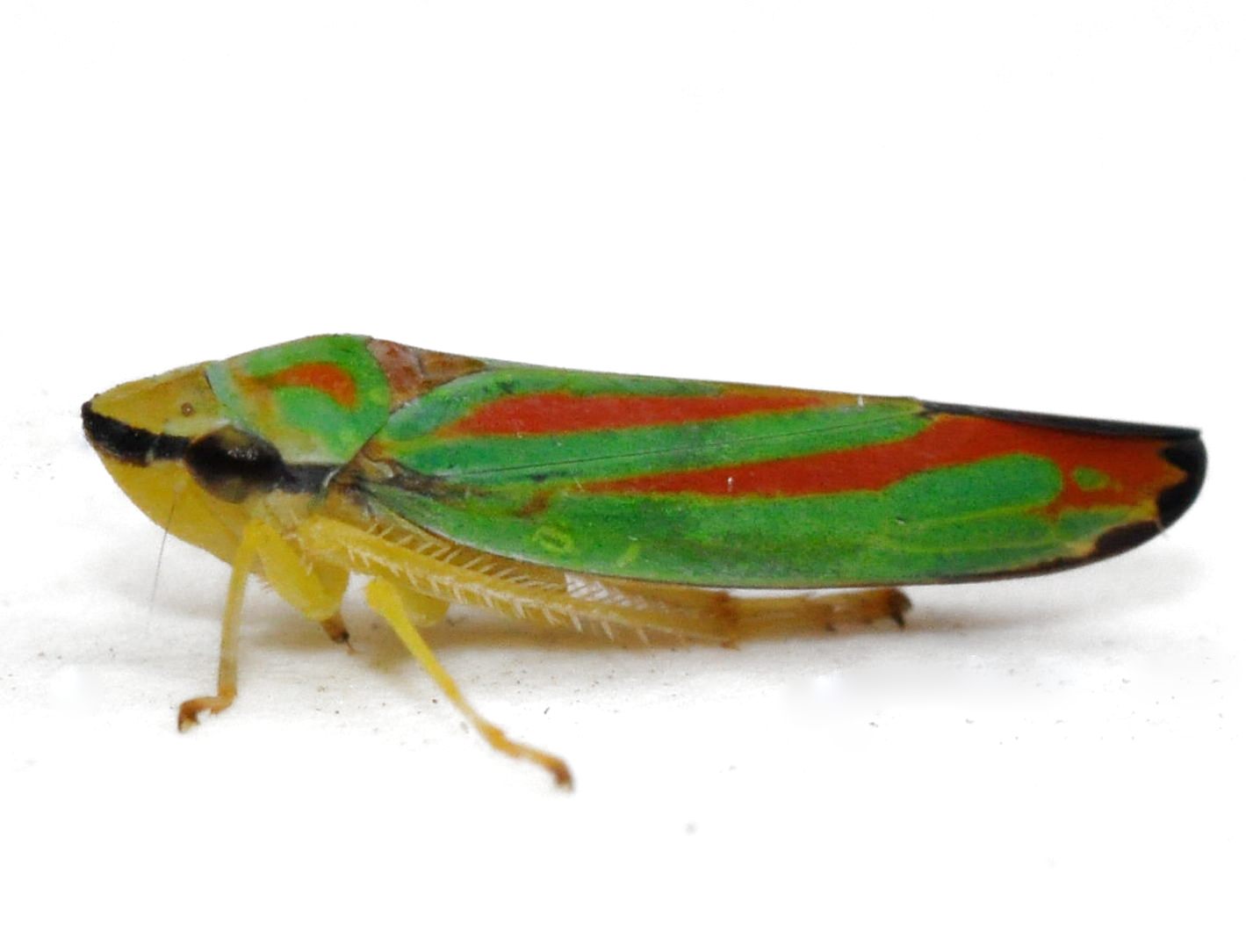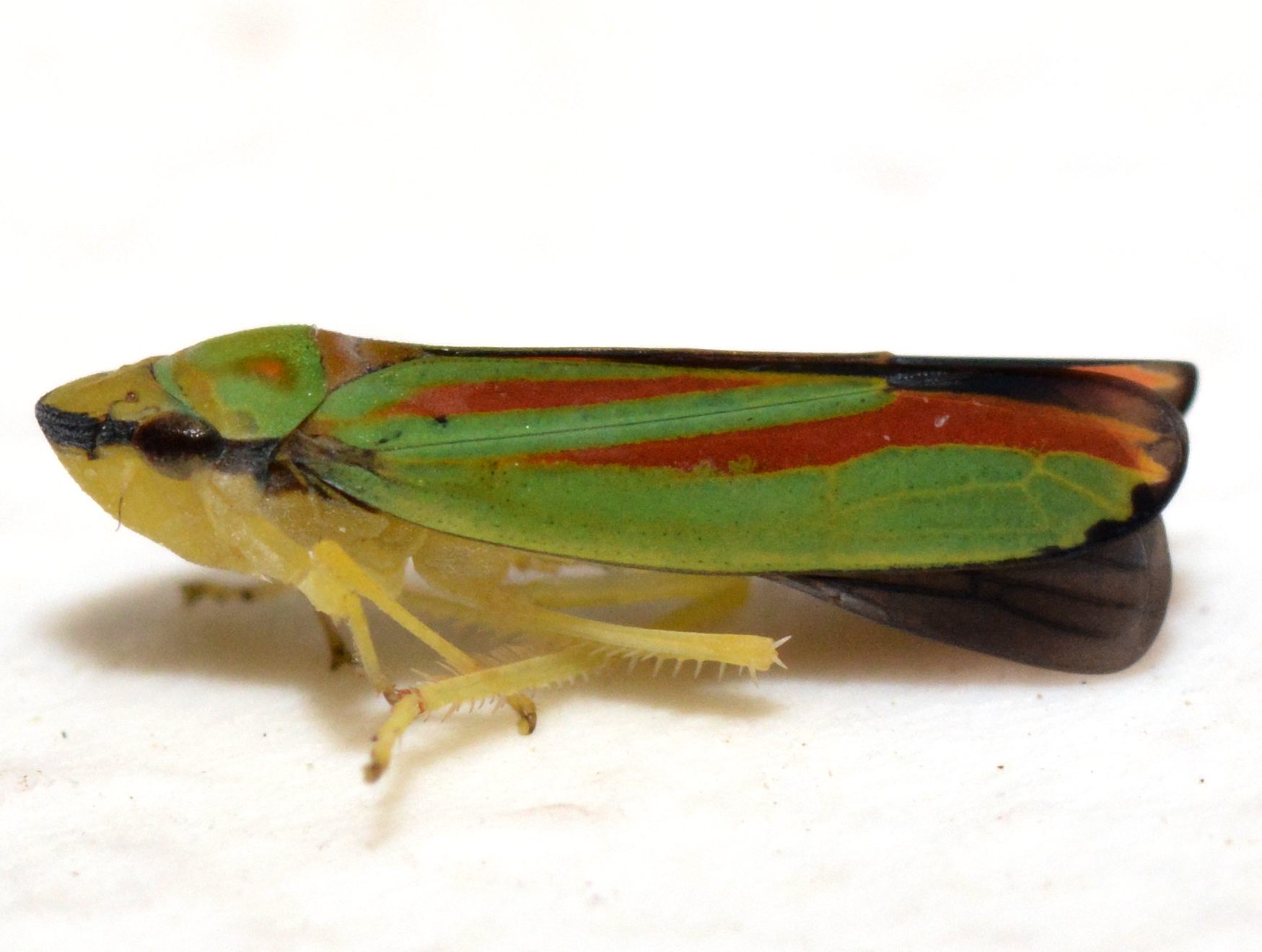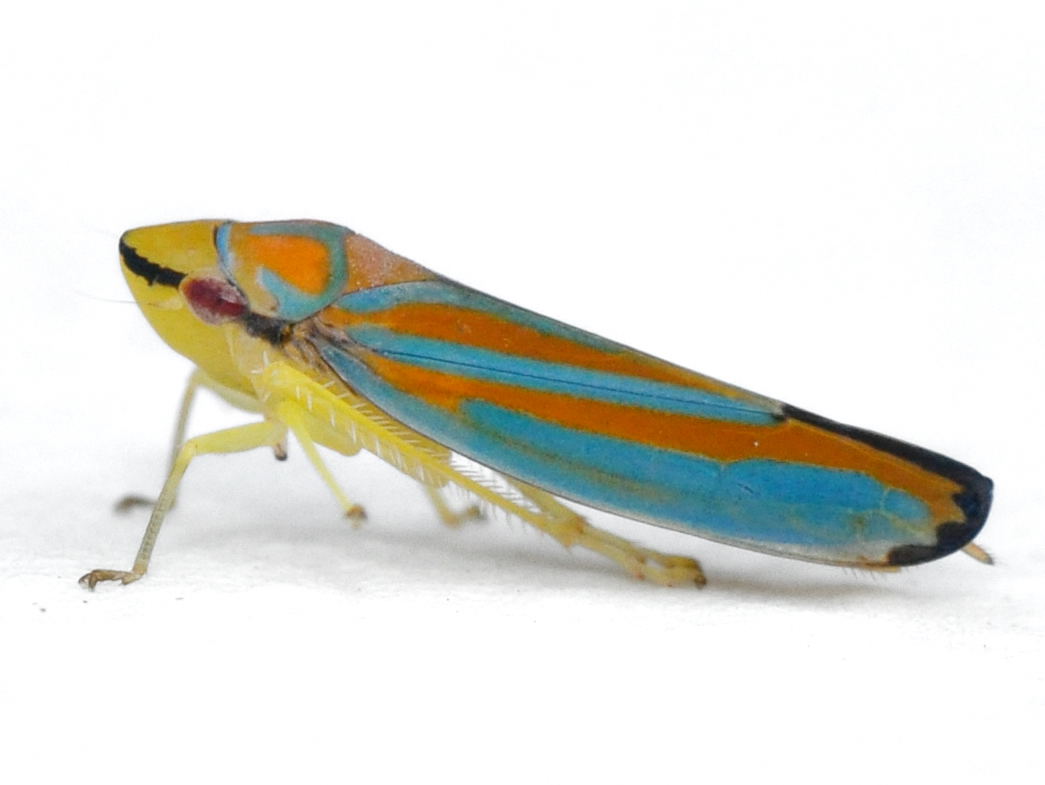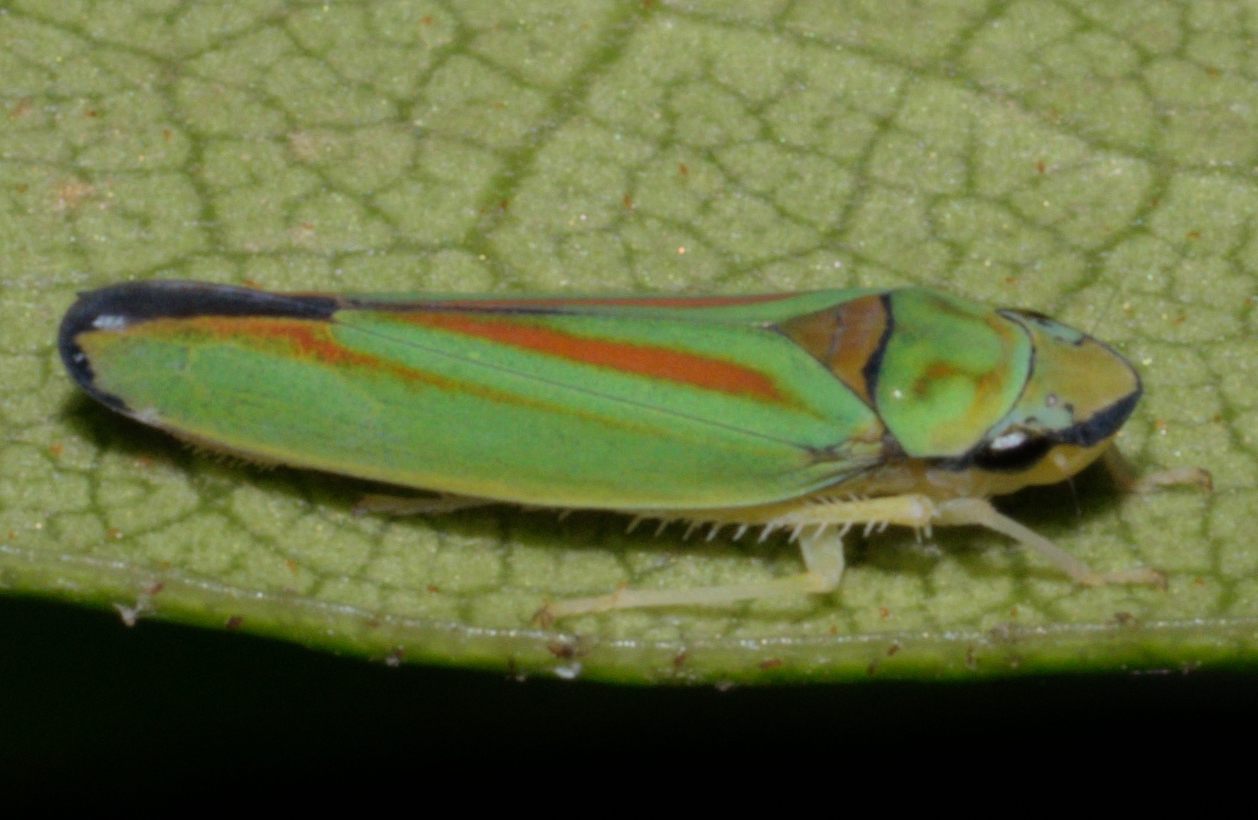Species Photo Gallery for Graphocephala fennahi Rhododendron Leafhopper 40 |
 | Photo by: Marilyn Westphal, Nora Murdock, Becky Elkin, Jim Petranka
Rutherford Co.
Comment: | 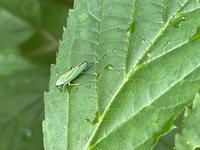 | Photo by: Marilyn Westphal
Haywood Co.
Comment: |
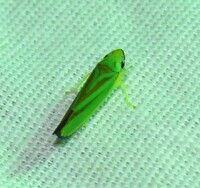 | Photo by: B. Bockhahn
Macon Co.
Comment: |  | Photo by: Scott Bolick
Wilkes Co.
Comment: |
 | Photo by: B. Bockhahn
Macon Co.
Comment: | 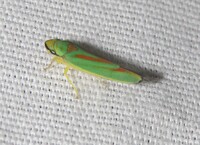 | Photo by: B. Bockhahn
Macon Co.
Comment: |
 | Photo by: Ken Kneidel
Watauga Co.
Comment: | 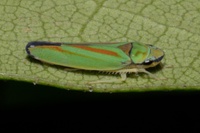 | Photo by: Scott Bolick
Surry Co.
Comment: |
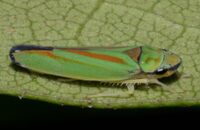 | Photo by: Scott Bolick
Surry Co.
Comment: | 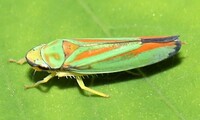 | Photo by: Rob Van Epps
Henderson Co.
Comment: |
 | Photo by: Ted Wilcox
Watauga Co.
Comment: |  | Photo by: Ted Wilcox
Watauga Co.
Comment: |
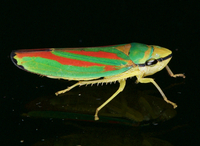 | Photo by: Jim Petranka
Madison Co.
Comment: |  | Photo by: Erich Hofmann
Buncombe Co.
Comment: |
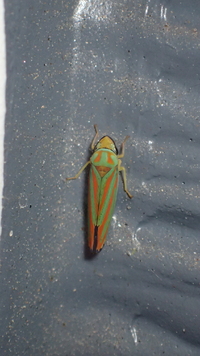 | Photo by: Erich Hofmann
Buncombe Co.
Comment: | 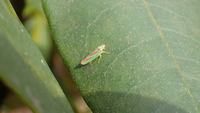 | Photo by: Erich Hofmann
Buncombe Co.
Comment: |
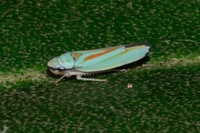 | Photo by: Scott Bolick
Mitchell Co.
Comment: | 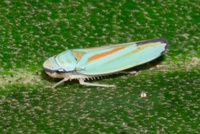 | Photo by: Scott Bolick
Mitchell Co.
Comment: |
 | Photo by: Rob Van Epps
McDowell Co.
Comment: | 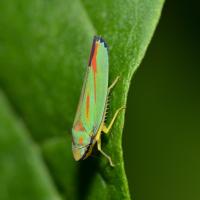 | Photo by: Margarita Lankford
Swain Co.
Comment: https://www.inaturalist.org/observations/52744537 |
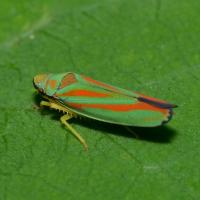 | Photo by: Margarita Lankford
Swain Co.
Comment: https://www.inaturalist.org/observations/51953273 | 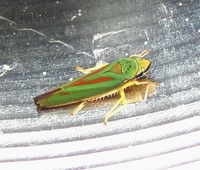 | Photo by: Ken Kneidel
Yancey Co.
Comment: forest edge |
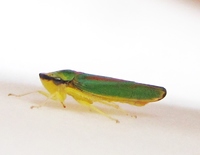 | Photo by: Ken Kneidel
Yancey Co.
Comment: forest edge | 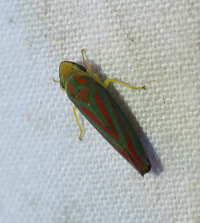 | Photo by: Randy Emmitt
Orange Co.
Comment: uv lights, will try to get a specimen. |
 | Photo by: Randy Emmitt
Orange Co.
Comment: uv lights, will try to get a specimen. | 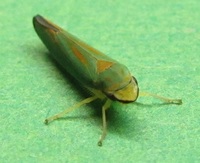 | Photo by: Ken Kneidel
Yancey Co.
Comment: 8.2 mm, forest edge with many Rhododendron maximum nearby |
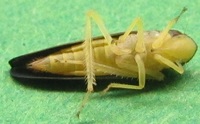 | Photo by: Ken Kneidel
Yancey Co.
Comment: 8.2 mm, forest edge with many Rhododendron maximum nearby |  | Photo by: Kyle Kittelberger
Out Of State Co.
Comment: male, 7.7 mm |
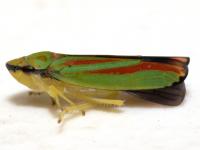 | Photo by: Kyle Kittelberger
Out Of State Co.
Comment: male, 7.7 mm |  | Photo by: Kyle Kittelberger
Out Of State Co.
Comment: male, 7.7 mm |
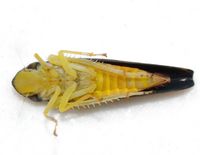 | Photo by: Kyle Kittelberger, Paul Scharf
Wake Co.
Comment: mixed hardwood forest habitat; male, 7.7 mm long | 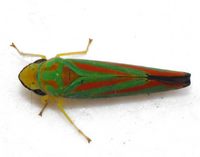 | Photo by: Kyle Kittelberger, Paul Scharf
Wake Co.
Comment: mixed hardwood forest habitat; male, 7.7 mm long |
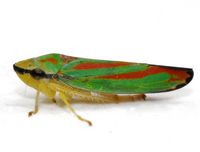 | Photo by: Kyle Kittelberger, Paul Scharf
Wake Co.
Comment: mixed hardwood forest habitat; male, 7.7 mm long |  | Photo by: Kyle Kittelberger, Brian Bockhahn, Paul Scharf
Surry Co.
Comment: grassy, brushy habitat near forest edge |
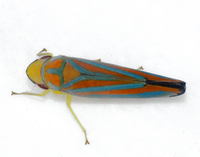 | Photo by: Kyle Kittelberger, Brian Bockhahn, Paul Scharf
Surry Co.
Comment: grassy, brushy habitat near forest edge | 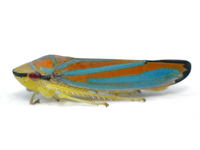 | Photo by: Kyle Kittelberger, Brian Bockhahn, Paul Scharf
Surry Co.
Comment: grassy, brushy habitat near forest edge |
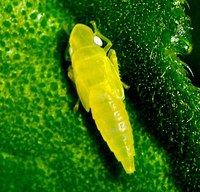 | Photo by: Paul Scharf
Warren Co.
Comment: Nymph on Host Plant | 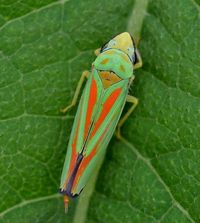 | Photo by: Paul Scharf, Kyle Kittleberger, Brian Bockhahn
Ashe Co.
Comment: |
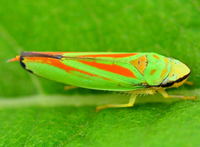 | Photo by: Kyle Kittelberger, Brian Bockhahn, Paul Scharf
Ashe Co.
Comment: brushy, vegetated habitat |  | Photo by: Kyle Kittelberger
Wake Co.
Comment: mixed hardwood forest habitat |
|

 »
»